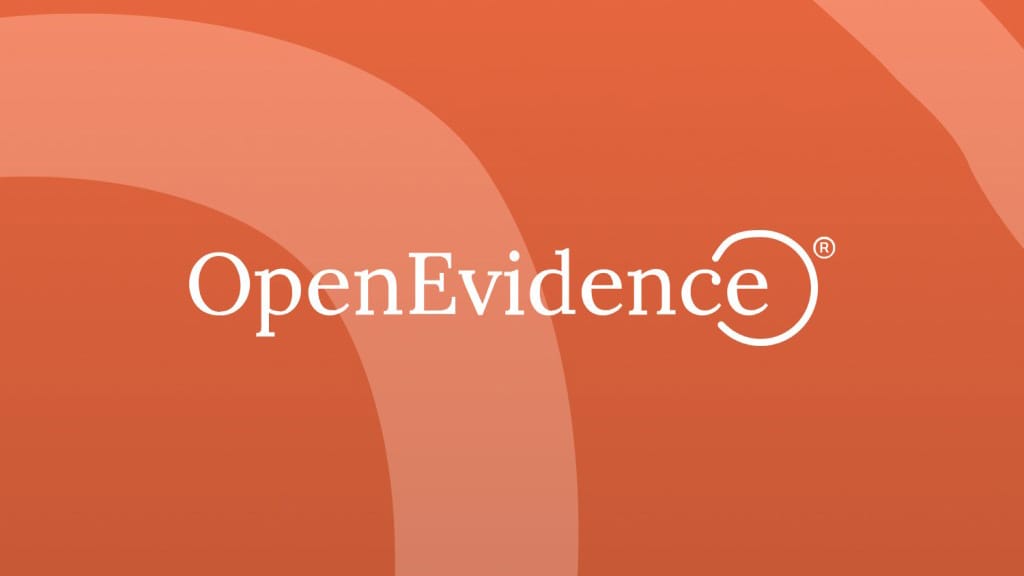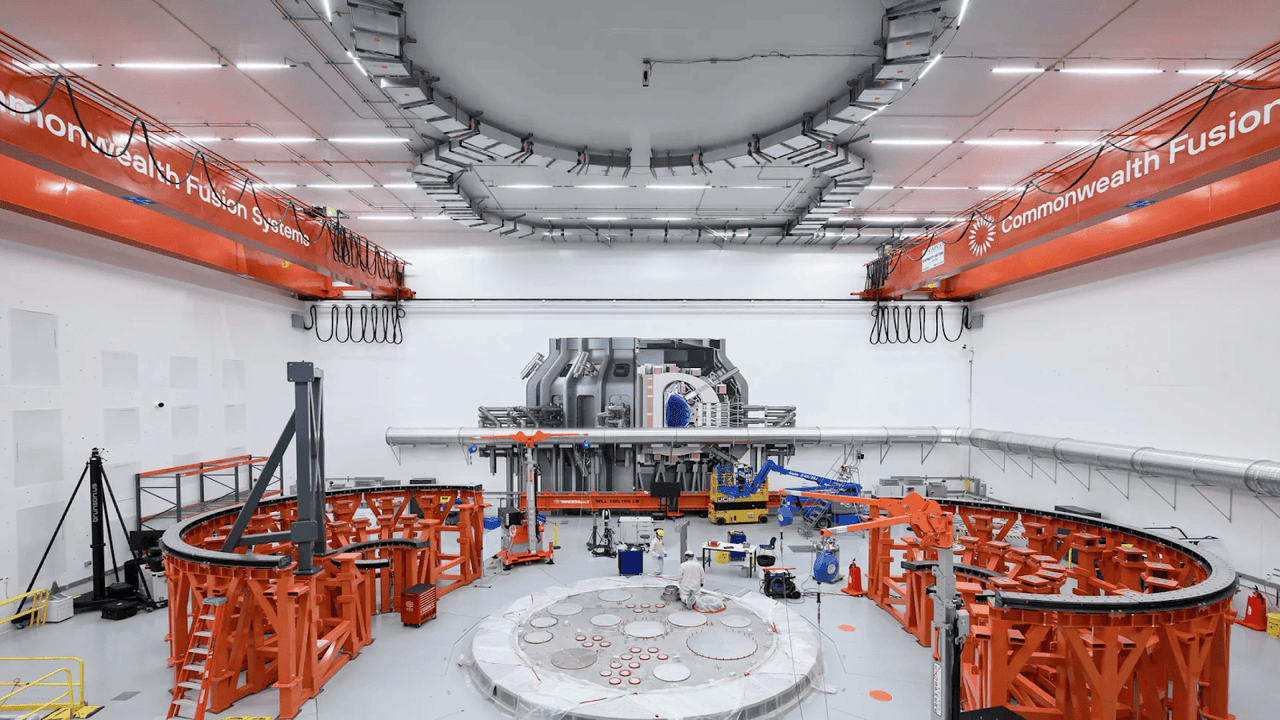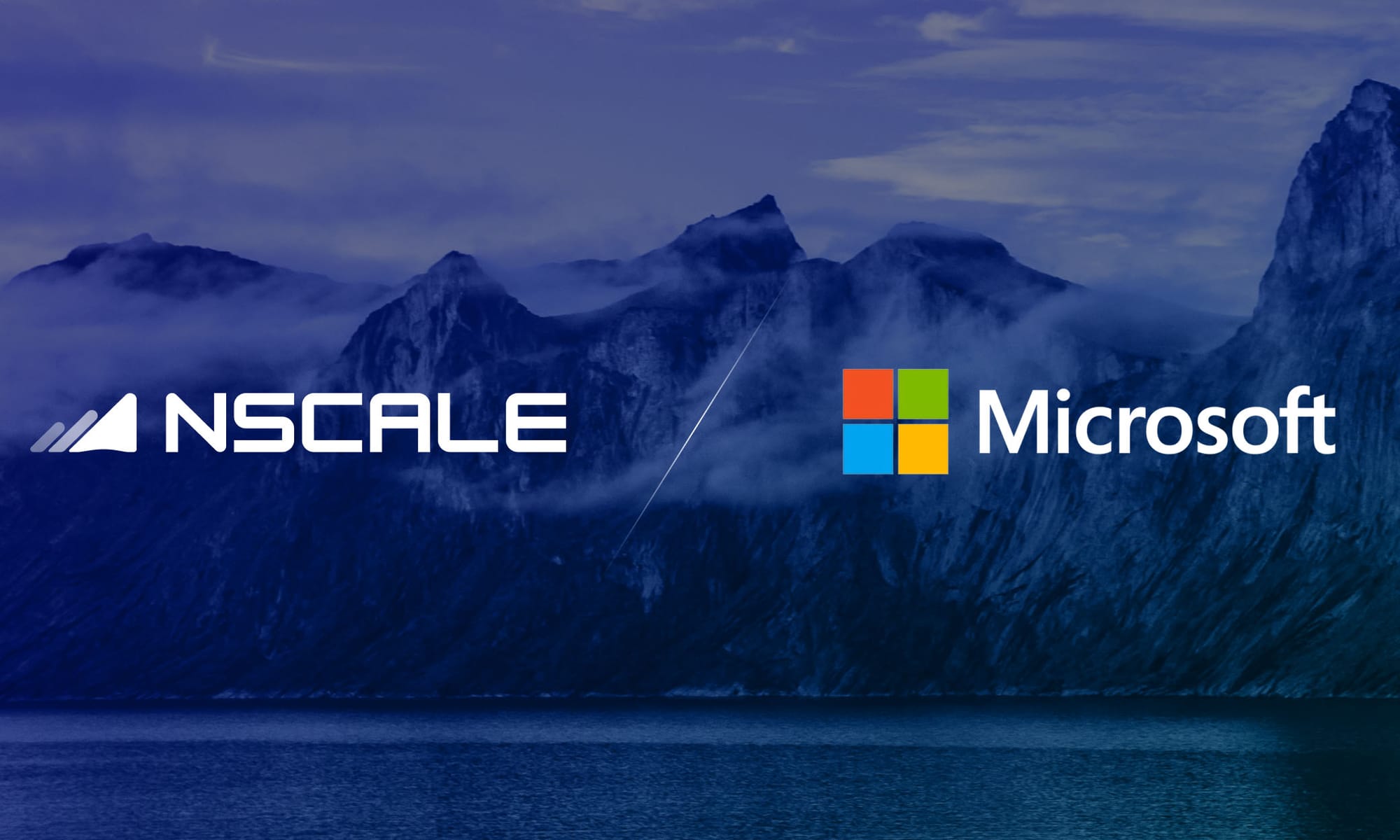Casca’s Quiet Revolution in U.S. Lending

In the heart of the U.S. financial system, there’s a place no one brags about. It’s not the high-frequency trading desks or the venture arms of Wall Street. It’s the back-office loan origination systems (LOS) — the paper-stuffed, PDF-choked labyrinth that decides whether small businesses live or die.
For decades, it barely moved. A loan officer drowns in PDFs, builds makeshift Excel models, emails borrowers at midnight, and takes 90 days on average to approve an SBA loan. By then, the corner café is already shuttered. It’s not inefficiency. It’s slow violence dressed in compliance.
And then came Casca. Two Stanford co-founders — one ex-banking systems PM, one ML obsessive — decided that if smartphones had reshaped life, there was no reason lending infrastructure should still look like a fax machine. Their bet: an AI-native lending platform, rebuilt from scratch.
From Bank Drudgery to Stanford Epiphany
Casca’s story begins with Lukas Haffer, who spent the early part of his career building systems for European megabanks. Outsiders saw prestige; he saw drudgery. “Modern” banking software was two decades old, fossilized in legacy code, propped up by armies of clerks copy-pasting into screens.





